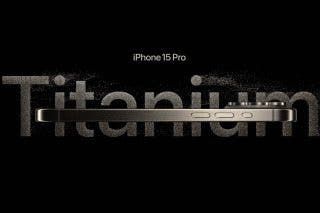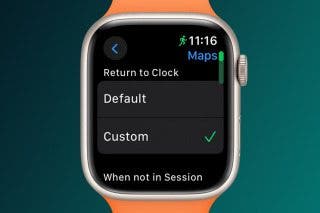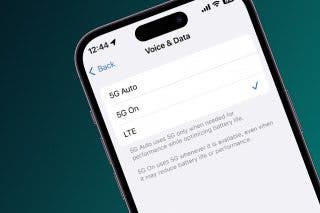Scrivener Review: Best Word Processing App for iPad and iPhone



iPhone and iPad word processors are nearly as plentiful on the App Store as flashlight apps. In order to stand out from the crowded selection, developers need to offer products that meet a specific need. In the case of prose composition, one word processing app that enables the narrative (e.g. story and screenwriting) and article construction and evolution process is Scrivener ($19.99). Originally available only for the Mac, Scrivener has recently made the leap to the iOS platform. How does it fare on both? Read on to find out.
Apple has provided iOS users with a workable document creation and editing solution for years in the form of Pages, with capabilities to corral, format, and export word processed files. And while it offers just enough to get by, anyone who writes for a living will find Pages inadequate for managing manuscripts on the go. Scrivener word processing app for iPad and iPhone is the mobile equivalent of its desktop parent, sans several features that are either not possible or inappropriate for use on the iOS platform.

For the uninitiated, the Scrivener word processing app is a serious writing tool for journalists, novelists, and anyone who enjoys writing but needs to keep track of the variety of topics, references, characters, scenes, facts, figures, and all the other elements that make up a complex written composition. It has been one of the top applications for writers on the macOS desktop platform for years, though its iOS edition has (after much anticipation from existing Scrivener users) only recently been released. This review will focus on the key features available in the iOS version as well as touch on its limitations compared to the comprehensive desktop edition.

Most importantly, Scrivener desktop users can finally and quite effectively manage their Scrivener project file assets on the go using their iPhone or iPad. The application performs flawlessly on either iOS device family with the exception of Scrivener's much lauded Corkboard feature. Corkboard is one of the application's most innovative feature, allowing authors to use virtual index cards to rearrange narrative flow and various thematic elements, factoids, and random but important items to wrangle.

The desktop edition of the program offers the most flexibility, with the iPad edition providing just as much content maneuverability. Alas, when running on the iPhone, Corkboard is absent; though given the device's constrained screen real estate compared to the iPad, this design decision is understandable. Other omissions in iOS include the vast flexibility that the desktop edition provides when formatting manuscripts and exporting them to file types including EPUB and MOBI format. The iOS version does allow exporting to PDF, RTF, Word ,and plain text, so at least it provides the most frequently document file types. But beyond these obvious limitations, Scrivener for iOS brings a majority of the technology and workflow that Scrivener for macOS users have appreciated for years.

Several other features that help Scrivener stand out among the crowded document composition app field is its ability to wrangle multiple documents into a cohesive set without file-based hierarchical folder management (which is abstracted on iOS anyway). Scrivener also provides extremely useful commenting (great for making notations during draft reviews) and footnote support, full cross-platform syncing support via Dropbox (no iCloud though due to its current inability to offer free API-accessible storage options to Microsoft Windows applications), font and layout editing, real-time spell checking, custom toolbars above the on-screen keyboard for frequently accessed tools like the highlighter, and more. And for those journalists paid by the word, there's a convenient Word Count positioned in the center of the application's header making it very convenient to hit those submission targets!

In summary, Scrivener for iOS is a natural fit for anyone already using Scrivener for macOS. For those who are either journalists or aspire to write the next big novel, Scrivener for iOS is the ideal catalyst to organize and translate your thoughts into written words.
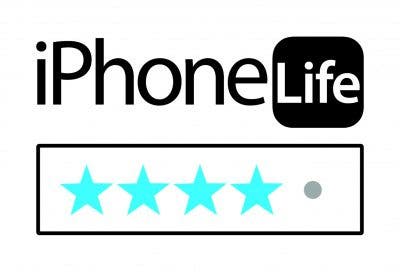

Mike Riley
Mike Riley is a frequent contributor to several technical publications and specializes in emerging technologies and new development trends. Mike was previously employed by RR Donnelley as the company’s Chief Scientist, responsible for determining innovative technical approaches to improve the company’s internal and external content services. Mike also co-hosted Computer Connection, a technology enthusiast show broadcast on Tribune Media's CLTV.


 Leanne Hays
Leanne Hays
 Olena Kagui
Olena Kagui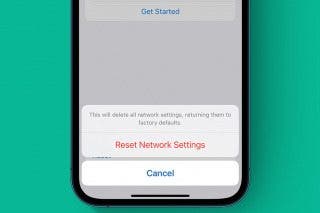
 Rhett Intriago
Rhett Intriago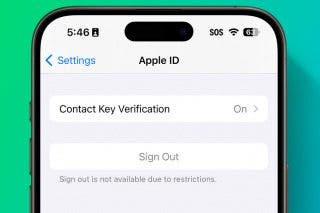


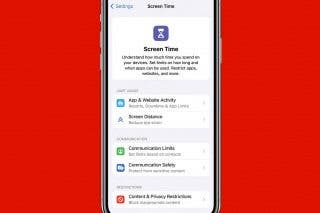
 Rachel Needell
Rachel Needell
